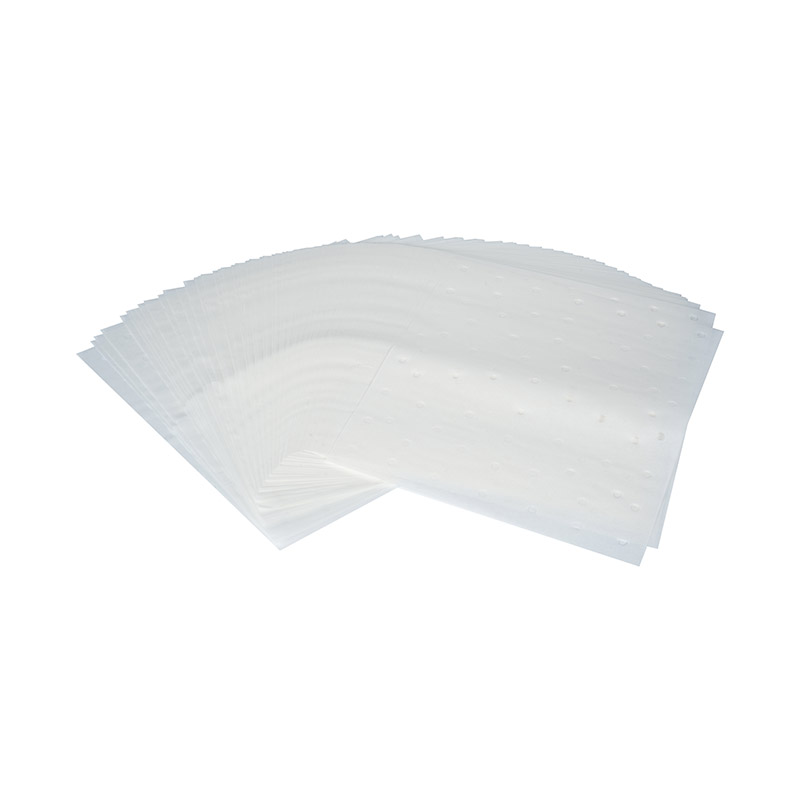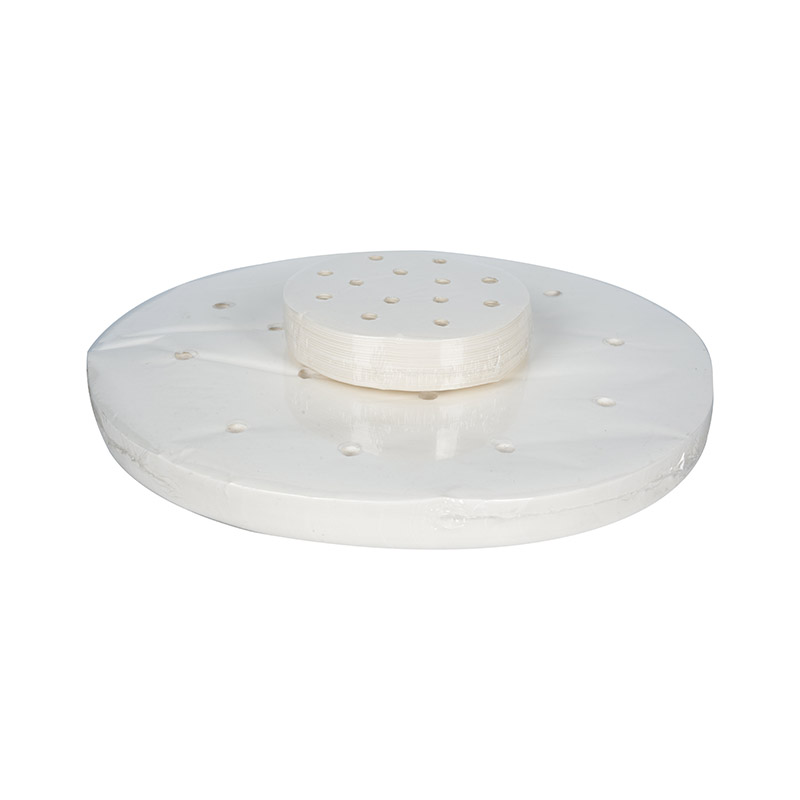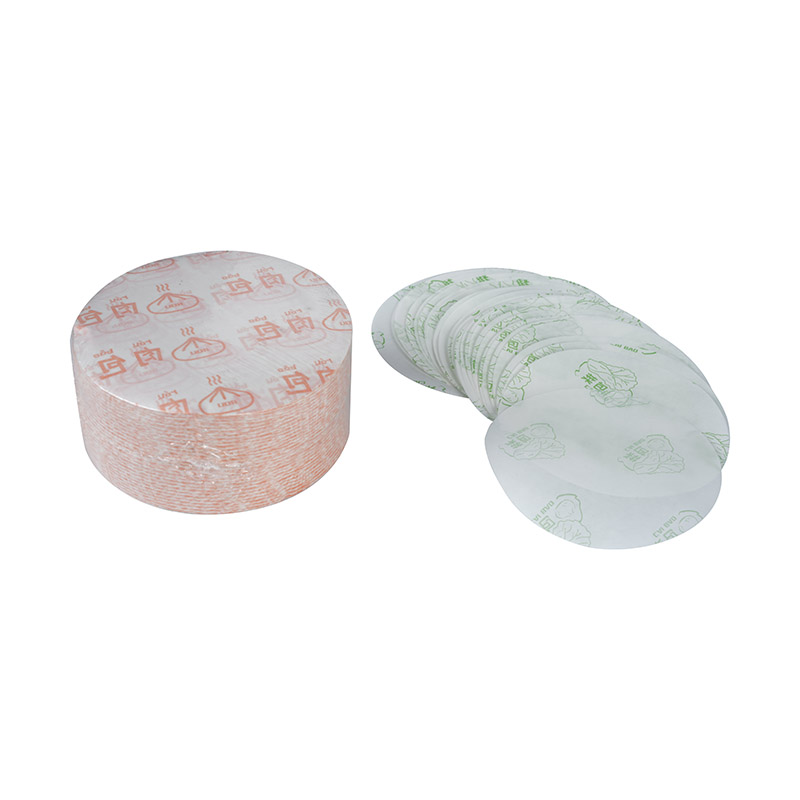The Packaging Conundrum: Necessity Meets Responsibility In the fast-paced world of grab-and-go meals, packaging is an unavoidable necessity. It protec...
READ MOREAll
Baking Paper
Greaseproof Paper
Wax Paper
Parchment Paper
Cooking Sheet Paper
Steaming Paper
Hamburger Wrap
Sandwich Wrap
Pan Liner
Candy Wrap
Air Fryer Paper

Feature Waterproof Coating Material Wax Coating Side Double Side Compatible Printing Inkjet Printing...

Feature Waterproof Coating Material Wax Coating Side Double Side Compatible Printing Inkjet Printing...

Feature Waterproof Coating Material Wax Coating Side Double Side Compatible Printing Inkjet Printing...
The Packaging Conundrum: Necessity Meets Responsibility In the fast-paced world of grab-and-go meals, packaging is an unavoidable necessity. It protec...
READ MOREHave you ever stopped to appreciate the simple sheet of paper that separates your juicy burger from your hands? It might seem trivial, but hamburger w...
READ MOREIn the fast-paced, high-stakes environment of a professional kitchen, every supply choice matters. From the quality of the ingredients to the efficien...
READ MOREIn the realm of professional and home kitchens alike, certain tools rise to the level of indispensable. Among these foundational items are parchment p...
READ MOREHow steaming paper performs in terms of heat resistance and steam permeability compared to conventional aluminum foil?
Steaming paper, often made from silicone-treated parchment, is effective in high-heat environments, withstanding temperatures up to around 425°F (218°C). It excels in steam permeability, allowing steam to pass through and evenly cook food while preserving moisture and flavors. This characteristic makes it particularly suitable for steaming and baking where a gentle, moist cooking environment is needed.
In contrast, conventional aluminum foil can endure much higher temperatures, up to 1200°F (650°C), making it ideal for high-heat cooking methods like grilling and broiling. However, aluminum foil is not steam-permeable, meaning it traps moisture and steam within the cooking package, which can help retain heat and moisture but is not suitable for applications where venting is needed to prevent sogginess or over-steaming.
While aluminum foil is more versatile in terms of temperature resistance, steaming paper is superior for cooking methods that benefit from steam permeability and controlled moisture retention.
How optimizing packaging design can reduce the carbon footprint associated with shipping Steaming Paper?
The environmental impact of product transportation is a significant concern for manufacturers, particularly those committed to sustainability. Steaming paper, an eco-friendly alternative to traditional cooking aids, can further reduce its carbon footprint through optimized packaging design. This article explores how thoughtful packaging innovations can lead to significant reductions in carbon emissions associated with shipping steaming paper.
Understanding the Carbon Footprint in Shipping
The carbon footprint of shipping is influenced by multiple factors, including the weight and volume of packages, the efficiency of logistics processes, and the type of materials used in packaging. By optimizing packaging design, manufacturers can address these factors effectively, leading to lower greenhouse gas emissions and a more sustainable supply chain.
Key Strategies for Optimizing Packaging Design
1. Lightweight Packaging Materials
Material Efficiency
Thinner and Stronger Materials: Advances in material science have enabled the development of packaging materials that are both lighter and stronger. Using these materials for steaming paper packaging reduces the overall weight of shipments, leading to lower fuel consumption and emissions during transportation.
Alternative Materials: Utilizing alternative, lighter materials like biodegradable plastics or reinforced paper can also help in reducing the weight without compromising the protective quality of the packaging.
Environmental Benefits
Reduced Fuel Consumption: Lighter packages mean that transportation vehicles use less fuel, directly reducing carbon emissions.
Lower Transportation Costs: Reduced weight also translates to lower shipping costs, benefiting both manufacturers and consumers.
2. Space-Efficient Packaging
Compact Design
Maximizing Space Utilization: Designing packaging that optimizes the use of space ensures that more products can be transported in a single shipment. This can be achieved through techniques such as vacuum packing or creating modular packaging units that fit together efficiently.
Collapsible Packaging: For bulk shipments, using collapsible or flat-packed packaging can significantly reduce the volume of space required, allowing for more efficient loading and transportation.
Environmental Benefits
Fewer Shipments: By maximizing the number of products per shipment, the total number of shipments required is reduced, which in turn lowers the cumulative carbon emissions.
Efficient Storage: Space-efficient packaging also optimizes storage at warehouses and distribution centers, reducing the need for large, energy-intensive facilities.
3. Sustainable Packaging Materials
Recycled and Biodegradable Materials
Use of Recycled Content: Incorporating recycled materials into packaging reduces the need for virgin resources and minimizes the environmental impact associated with material extraction and processing.
Biodegradable Options: Choosing biodegradable or compostable materials for packaging ensures that even if the packaging ends up as waste, it will have a minimal environmental footprint.
Environmental Benefits
Resource Conservation: Using recycled and biodegradable materials helps conserve natural resources and reduces the carbon footprint of the production process.
Waste Reduction: Sustainable packaging materials contribute to a reduction in landfill waste and promote a circular economy.
4. Minimalist Packaging Design
Reducing Excess Material
Eliminating Redundancy: By carefully evaluating the packaging design, manufacturers can identify and eliminate unnecessary layers or components, reducing material usage without compromising product protection.
Functional Design: Designing packaging with a focus on functionality ensures that every element serves a purpose, minimizing waste.
Environmental Benefits
Lower Material Use: Minimalist design directly reduces the amount of raw material needed, leading to lower carbon emissions associated with material production and processing.
Enhanced Recyclability: Simplified packaging is often easier to recycle, further contributing to environmental sustainability.
5. Innovative Packaging Solutions
Smart Packaging Technologies
IoT-Enabled Tracking: Integrating IoT (Internet of Things) technologies into packaging can optimize logistics by providing real-time data on shipment conditions, leading to more efficient route planning and reduced fuel consumption.
Adaptive Packaging: Packaging that can adapt to the size and shape of the product can reduce the need for excess padding and materials, making shipments more efficient.
Environmental Benefits
Optimized Logistics: Smart packaging technologies enable better logistics management, reducing idle times and unnecessary trips, which lowers overall emissions.
Reduced Packaging Waste: Adaptive packaging minimizes the need for additional protective materials, leading to less waste.
As the industry continues to innovate, the collective adoption of optimized packaging designs will play a crucial role in mitigating climate change and promoting sustainability in the food packaging sector. Through these concerted efforts, steaming paper can become an even more attractive option for environmentally conscious consumers and businesses alike.